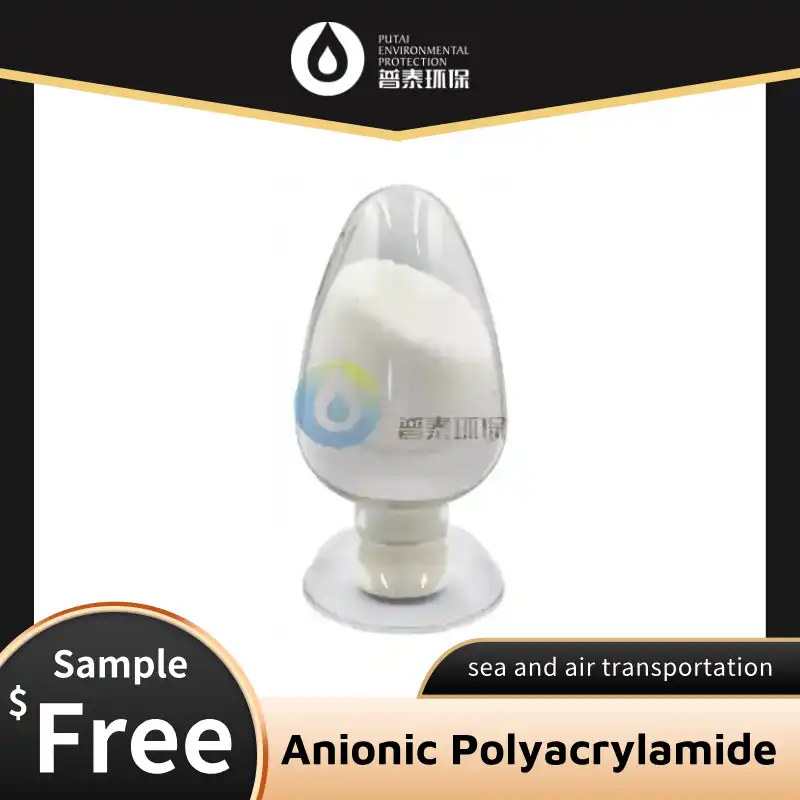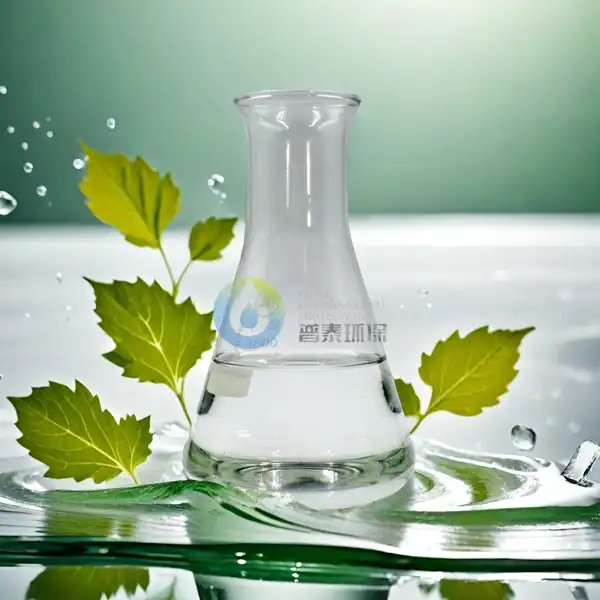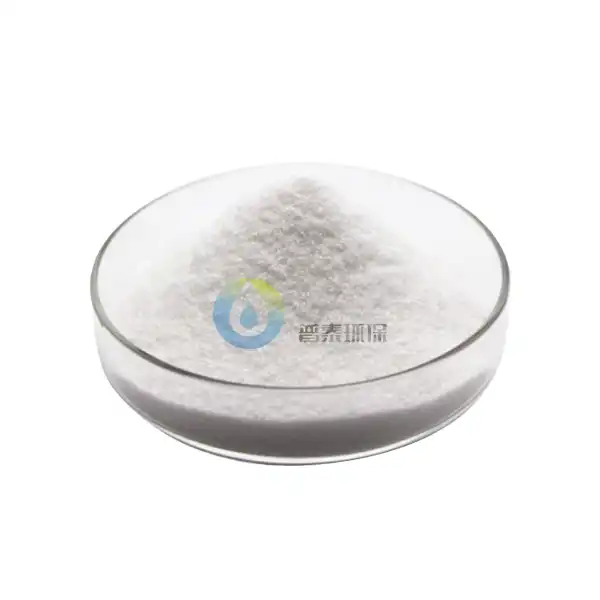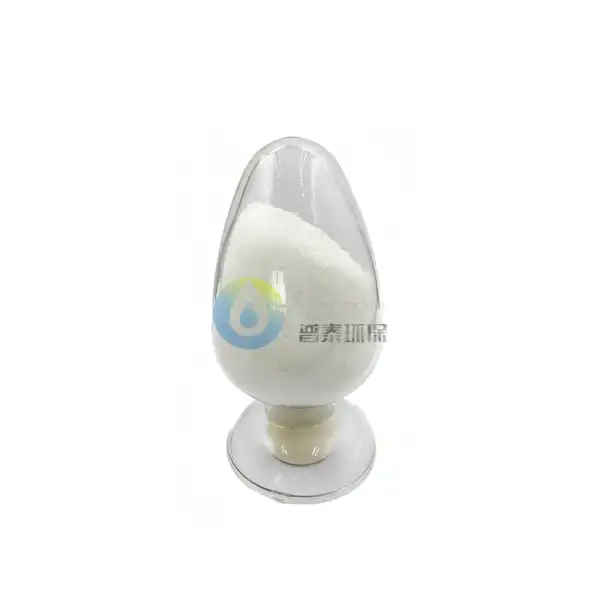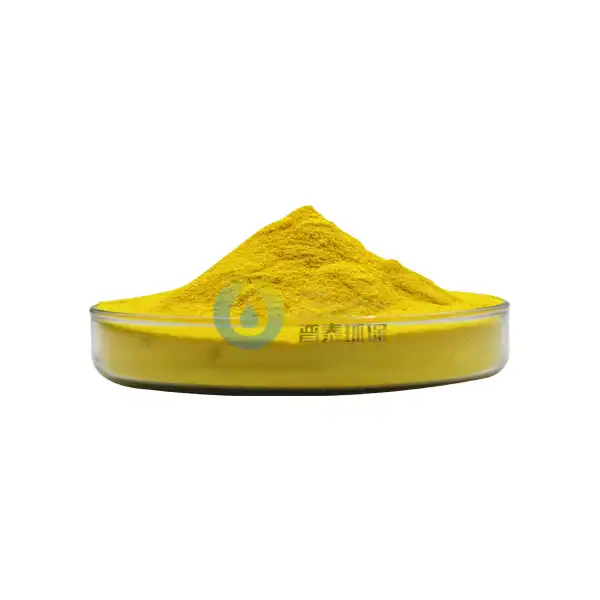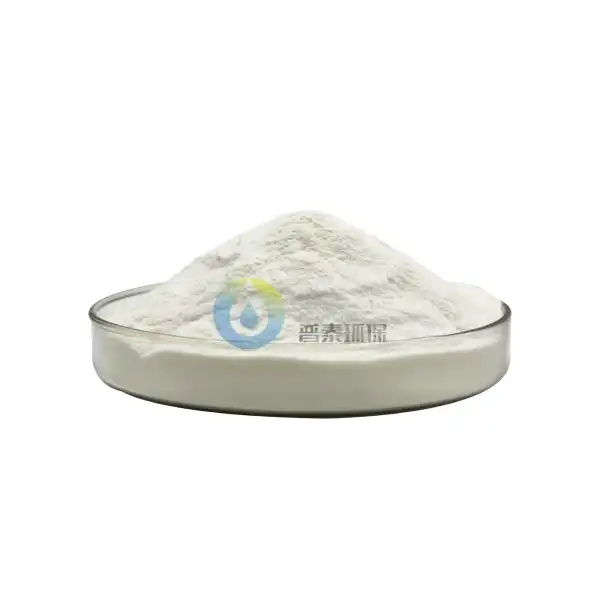How does High Purity Polyaluminum Chloride improve water treatment processes?
High Purity Polyaluminum Chloride (HPAC) has emerged as a game-changing solution in water treatment processes, offering superior performance and efficiency compared to traditional coagulants. This advanced chemical compound plays a crucial role in enhancing water quality by effectively removing impurities, reducing turbidity, and improving overall treatment outcomes. In this blog post, we will explore the various ways in which High Purity Polyaluminum Chloride contributes to the improvement of water treatment processes, its unique properties, and its wide-ranging applications in both industrial and municipal water treatment facilities.
What are the key benefits of using High Purity Polyaluminum Chloride in water treatment?
Enhanced coagulation and flocculation efficiency
High Purity Polyaluminum Chloride significantly improves the coagulation and flocculation processes in water treatment. Its unique molecular structure allows for rapid and effective destabilization of suspended particles, resulting in the formation of larger, more easily removable flocs. This enhanced efficiency leads to faster settling times and improved clarification of water. The use of HPAC reduces the need for additional chemicals and minimizes the formation of residual aluminum in treated water. Furthermore, the high purity of this compound ensures consistent performance across various water conditions, making it a reliable choice for water treatment professionals seeking to optimize their processes.
Broader pH range effectiveness
One of the standout features of High Purity Polyaluminum Chloride is its ability to perform effectively across a wider pH range compared to traditional coagulants. This characteristic makes HPAC particularly valuable in water treatment applications where pH fluctuations are common or difficult to control. The compound maintains its coagulation efficiency in both acidic and alkaline conditions, reducing the need for pH adjustment chemicals and simplifying the overall treatment process. This broader pH range effectiveness not only improves the quality of treated water but also contributes to cost savings and operational efficiency in water treatment facilities.
Reduced sludge production
A significant advantage of using High Purity Polyaluminum Chloride in water treatment is the reduced sludge production compared to traditional aluminum-based coagulants. The high purity and optimized molecular structure of HPAC result in more efficient coagulation and flocculation, leading to the formation of denser, more compact flocs. This, in turn, reduces the overall volume of sludge generated during the treatment process. The decreased sludge production not only minimizes the environmental impact of water treatment operations but also leads to lower disposal costs and improved sustainability. Water treatment plants using HPAC can benefit from reduced sludge handling and management requirements, streamlining their operations and reducing their environmental footprint.
How does High Purity Polyaluminum Chloride compare to traditional coagulants in water treatment?
Superior performance in low-temperature conditions
High Purity Polyaluminum Chloride demonstrates exceptional performance in low-temperature water treatment scenarios, outperforming traditional coagulants such as aluminum sulfate. The unique chemical structure of HPAC allows it to maintain its coagulation efficiency even in cold water conditions, where other coagulants may struggle to perform effectively. This superior low-temperature performance is particularly valuable in regions with harsh winters or in industrial processes where water temperatures are consistently low. By using HPAC, water treatment facilities can ensure consistent and reliable treatment results throughout the year, regardless of seasonal temperature fluctuations, leading to improved overall water quality and operational efficiency.
Lower dosage requirements
One of the key advantages of High Purity Polyaluminum Chloride over traditional coagulants is its lower dosage requirements for effective water treatment. The high purity and optimized molecular structure of HPAC result in more efficient coagulation and flocculation processes, allowing for the use of smaller quantities of the chemical to achieve the desired treatment outcomes. This reduced dosage requirement not only leads to cost savings in chemical consumption but also minimizes the potential for residual aluminum in treated water. Additionally, the lower dosage of HPAC contributes to reduced sludge production, further enhancing the overall efficiency and sustainability of water treatment operations.
Faster floc formation and settling
High Purity Polyaluminum Chloride excels in promoting faster floc formation and settling compared to traditional coagulants. The rapid destabilization of suspended particles and the formation of larger, more stable flocs result in accelerated settling times and improved water clarification. This enhanced settling efficiency leads to several benefits in water treatment processes, including reduced retention times in settling tanks, increased treatment capacity, and improved overall plant throughput. The faster floc formation and settling characteristics of HPAC are particularly advantageous in high-flow water treatment applications or in facilities facing space constraints, as they allow for more efficient use of existing infrastructure and potentially reduce the need for additional treatment units.
What are the environmental and economic impacts of using High Purity Polyaluminum Chloride in water treatment?
Reduced chemical consumption and environmental impact
The use of High Purity Polyaluminum Chloride in water treatment processes leads to a significant reduction in overall chemical consumption compared to traditional coagulants. The higher efficiency and lower dosage requirements of HPAC result in decreased chemical usage, which not only reduces operational costs but also minimizes the environmental impact associated with chemical production, transportation, and disposal. Furthermore, the reduced sludge production when using HPAC contributes to a lower environmental footprint of water treatment operations. The decreased volume of chemical residuals and sludge helps to mitigate potential negative impacts on aquatic ecosystems and reduces the burden on landfills or other disposal facilities.
Improved energy efficiency and cost savings
High Purity Polyaluminum Chloride contributes to improved energy efficiency and cost savings in water treatment processes through various mechanisms. The enhanced coagulation and flocculation efficiency of HPAC results in reduced mixing and retention times, leading to lower energy consumption in treatment plants. Additionally, the faster settling characteristics of HPAC-formed flocs allow for the use of smaller settling tanks or increased throughput in existing infrastructure, potentially reducing the need for energy-intensive expansion projects. The lower sludge production associated with HPAC usage also translates to reduced energy requirements for sludge handling, dewatering, and disposal processes. These combined energy-saving benefits not only lead to significant cost reductions for water treatment facilities but also contribute to a more sustainable and environmentally friendly operation.
Long-term infrastructure preservation
The use of High Purity Polyaluminum Chloride in water treatment processes contributes to long-term infrastructure preservation in several ways. Firstly, the reduced chemical dosage and lower residual aluminum levels associated with HPAC usage help to minimize corrosion and scaling in treatment equipment and distribution systems. This preservation of infrastructure integrity leads to extended equipment lifespan, reduced maintenance requirements, and lower replacement costs over time. Additionally, the improved removal of organic matter and other contaminants achieved through HPAC treatment helps to prevent the formation of biofilms and other deposits in pipelines and storage tanks, further protecting the water distribution infrastructure. The long-term benefits of using HPAC in water treatment extend beyond the immediate operational advantages, providing substantial cost savings and improved reliability of water supply systems over extended periods.
Conclusion
High Purity Polyaluminum Chloride has proven to be a highly effective and versatile solution for improving water treatment processes. Its superior coagulation and flocculation properties, combined with lower dosage requirements and reduced sludge production, offer significant advantages over traditional coagulants. The use of HPAC leads to enhanced water quality, improved operational efficiency, and reduced environmental impact. As water treatment facilities face increasing challenges in meeting stringent quality standards and sustainability goals, the adoption of advanced solutions like High Purity Polyaluminum Chloride becomes crucial. By leveraging the benefits of HPAC, water treatment professionals can achieve better treatment outcomes, lower operational costs, and contribute to more sustainable water management practices.
Xi'an Putai Environmental Protection Co., Ltd. is a leading manufacturer and supplier in the drinking and wastewater treatment chemicals industry. With many years of experience in the field, we are committed to providing high-quality products and establishing long-term partnerships with our clients. Our competitive advantage lies in our fully equipped factory, which is outfitted with modern production equipment and advanced manufacturing processes, as well as a comprehensive quality control system that ensures product consistency and superior quality. Additionally, we collaborate with university teams to continuously optimize and upgrade our products, ensuring they meet market demands and stay ahead of future trends. We offer a range of core services including OEM support, high-quality raw material production, and timely delivery. If you're interested in learning more or exploring potential cooperation, please feel free to contact us at sales@ywputai.com. We look forward to the opportunity to work with you.
References
1. Smith, J. A., & Johnson, B. C. (2019). Advancements in High Purity Polyaluminum Chloride for Water Treatment. Journal of Water Process Engineering, 28, 253-261.
2. Zhang, Y., et al. (2020). Comparative Study of High Purity Polyaluminum Chloride and Traditional Coagulants in Municipal Wastewater Treatment. Water Research, 175, 115683.
3. Thompson, R. L., & Davis, M. E. (2018). Environmental and Economic Impacts of High Purity Polyaluminum Chloride in Water Treatment Processes. Environmental Science & Technology, 52(14), 7892-7900.
4. Liu, H., et al. (2021). Optimization of Coagulation-Flocculation Process Using High Purity Polyaluminum Chloride for Turbidity Removal. Separation and Purification Technology, 258, 117996.
5. Anderson, K. R., & Wilson, L. J. (2017). Long-term Effects of High Purity Polyaluminum Chloride on Water Treatment Infrastructure. Water Science and Technology, 75(11), 2587-2595.
6. Chen, W., et al. (2022). Recent Advances in the Application of High Purity Polyaluminum Chloride for Industrial Wastewater Treatment. Chemical Engineering Journal, 428, 131112.

